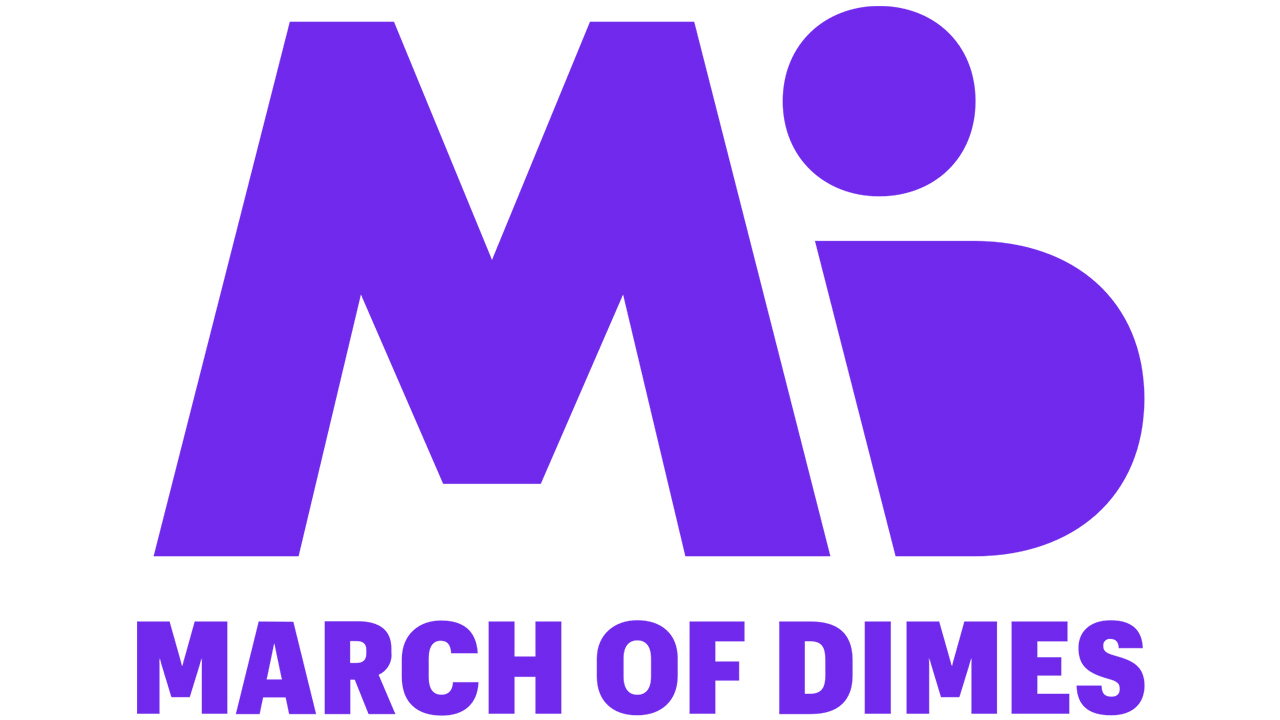A new study funded by the March of Dimes Center for Social Science Research and conducted by the Institute for Women's Policy Research (IWPR), underscores the long-term effects of paid family leave on women's participation in the workforce. The analysis of states that have implemented paid leave policies found a 20 percent reduction in the number of women leaving their jobs in the first year after welcoming a child, and up to a 50 percent reduction after five years. This research is part of March of Dimes' mission to advance actionable science that can improve the health of all moms and babies.
This study, shared today at the American Economic Association Annual Meeting, analyzed labor market participation among women in California and New Jersey before and after each state implemented a paid family and medical leave system. Over the long term, paid leave nearly closes the gap in workforce participation between moms of young children and women without minor children. For women who do not have access to this leave, the study found that nearly 30 percent will drop out of the workforce within a year after welcoming a child, and one in five will not return for over a decade.
"Most Americans will face the demands of having a baby and many have to make serious sacrifices that affect much more than their finances," said Dr. Rahul Gupta, Chief Medical and Health Officer, Senior Vice President of March of Dimes. "This research is yet another proof point of the value of paid family leave, which not only benefits the economy and family finances, but the health of moms and babies – including lower rates of neonatal and infant death. More states must follow the lead of California and New Jersey."
The impact of access to paid leave was particularly pronounced for women with higher levels of education, who saw increases in their labor force participation up to eight years after birth. This trend indicates that paid leave is especially important for ensuring that the most educated workers can participate in the workforce.
"In most U.S. households, when a child is born, the default is that the mom steps away from the labor force at least temporarily," said economist and study co-author Dr. Kelly Jones, an Assistant Professor in the Department of Economics at American University and a Senior Research Economist at IWPR. "If she can do that in a way that guarantees her return to that job and provides partial wage replacement, we are much more likely to encourage her attachment to the workforce."
The U.S. is the only industrialized nation that does not offer working parents paid time off to care for a new child. Many challenges facing new parents and their families could be solved if the U.S. provided paid family leave. For that reason, March of Dimes supports the Family And Medical Insurance Leave (FAMILY) Act (H.R. 1185/S. 463), which is currently under review by Congress. This Act would create an affordable and self-sustaining national system to provide workers with up to 12 weeks of partial income through a family and medical leave insurance fund.
Among prime-age workers (aged 25-54) in the U.S., women's labor market participation is 75 percent, compared with 89 percent for men. This share includes those working full-time and part-time and those who are unemployed but seeking work. Meanwhile, fewer than 60 percent of U.S. workers have access to the Family and Medical Leave Act (FMLA), which requires certain employers and all government agencies to provide 12 weeks of leave for childbirth, adoption or serious illness of one's self or a close relative. However, that leave is not required to be paid for the vast majority of workers and many cannot afford to take it. In December 2019, Congress took an important step forward by passing legislation to provide 12 weeks of paid parental leave for the nation's 2.1 million federal workers. But lawmakers must do more to ensure every family has access to paid leave to welcome a new child or manage a serious illness.
California implemented its Paid Family Leave Program in 2004, while New Jersey's Family Leave Insurance Program followed in 2009. In addition to those states, paid family leave systems currently exist in New York, Rhode Island, Washington and Washington, D.C., with bills pending in other states.
IWPR conducted this study through a grant from the March of Dimes' Center for Social Science Research. The Center for Social Science Research is supported by EMD Serono, Inc., the biopharmaceutical business of Merck KGaA, Darmstadt, Germany in the U.S. and Canada, as part of its Healthy Women, Healthy Economies Initiative. Read the full study manuscript here.

 Research funded by March of Dimes Center for Social Science Research and conducted by Institute for Women's Policy Research highlights long-term economic benefit of paid family leave
Research funded by March of Dimes Center for Social Science Research and conducted by Institute for Women's Policy Research highlights long-term economic benefit of paid family leave




















.jpg)










